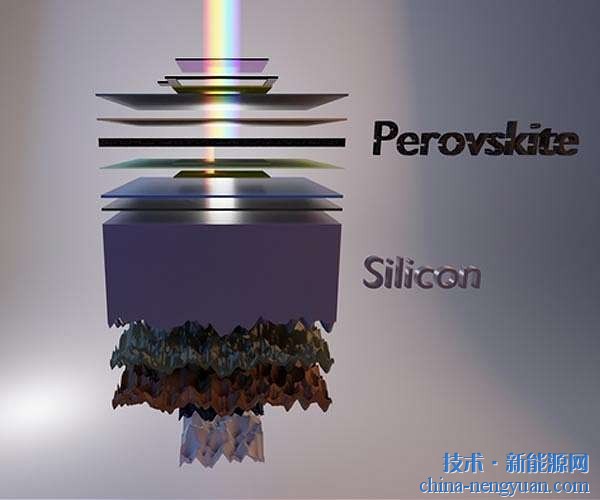 |
While reading the "Several Opinions of the State Council on Promoting the Healthy Development of the Photovoltaic Industry" (known as Guofa [24]), I came across an article titled "Germany Will Stop Solar Energy Subsidies." This made me a bit concerned, and the article provided some explanation that was worth considering.
Although Germany's proposed photovoltaic policy may not yet be worthy of too much attention until it is officially passed, it's undeniable that the success or failure of its solar policies and the suspension of subsidies have been widely discussed. As the former leader of the global photovoltaic industry, Germany has even suggested completely phasing out PV subsidies by 2018 at the latest. Given that China is now the world’s largest installed capacity country and is expected to lead in the coming years, it’s crucial for us to think more deeply—especially regarding the recently issued Guofa [24].
Guofa [24] is a comprehensive document that addresses various aspects of the photovoltaic industry’s development. Its approach is practical and well-considered. I haven’t seen any other similar national-level industrial development documents before. This document seems to serve as a blueprint for state-level photovoltaic strategy, covering everything from “guidance ideology†to “basic principles†and “organizational leadership.†It’s quite detailed, and I haven’t come across anything with such depth in mature countries. That’s why I’ve had several reflections on this topic.
First, while I strongly appreciate the government’s attention to the photovoltaic industry, I’m also trying to understand the careful and unconventional approach it takes compared to non-market-driven industries. However, since we are dealing with a semi-marketized industry under China’s socialist market economy, it’s even more important to emphasize market-oriented strategies and thinking.
Second, if I read Guofa [24] correctly, it emphasizes expanding the domestic market as the main goal for supporting the struggling photovoltaic industry. The document states that “expanding the domestic market is the fundamental way to promote the sustainable and healthy development of the photovoltaic industry.†However, I believe that expanding the domestic market should only be a temporary technical measure, not the ultimate goal. We must avoid turning short-term measures into long-term policies or confusing means with ends. Our real goal should be to build an internationally competitive photovoltaic industry, as mentioned in the document: “to promote the international development of photovoltaic companies.†It’s hard to develop globally competitive companies based solely on the domestic market, as shown by the challenges faced by China’s wind power industry despite having the world’s largest market.
Third, one of the key issues in Guofa [24] is the focus on demand-side policies. While using demand-pull strategies during economic crises has become a common practice among market economies for over half a century, this approach requires a fully marketized environment. Otherwise, the results can be inconsistent or unsustainable. This makes me think of recent discussions about the “four trillion†stimulus package. Relying solely on domestic demand might not be enough to cultivate an internationally competitive photovoltaic industry. Germany’s experience offers valuable lessons in this regard.
I’ve always believed that Germany’s photovoltaic policy hasn’t been successful. By my definition, “success†would mean that the industry becomes self-sustaining without needing further government support, with steady growth in solar power generation. But what we see instead is a sharp decline in PV installations after subsidy cuts. In 2011, Germany installed 7.5 GW, followed by 7.6 GW in 2012, and is expected to install less than 3 GW this year. Solar energy accounts for just 4% of total electricity generation. Meanwhile, many leading German photovoltaic companies lack international competitiveness.
Why did Germany decide to stop subsidies? According to the article, the photovoltaic industry had lost control. The 2012 feed-in tariff was set at 0.1836 euros per kWh, far exceeding the cost of conventional energy at 0.047 euros per kWh. To date, the German government has already spent 216 billion euros on renewable energy subsidies, with payments set to continue for another 20 years. Is this reality showing that while subsidies may seem attractive, the rules need to change? Industries dependent on subsidies and domestic markets may not have a future. Hong Wei
Putty Knife,Angled Putty Knife,Anvil Putty Knife,Putty Knife Scraper
Laizhou Chenke trading Co., Ltd. , https://www.chenkegroup.com